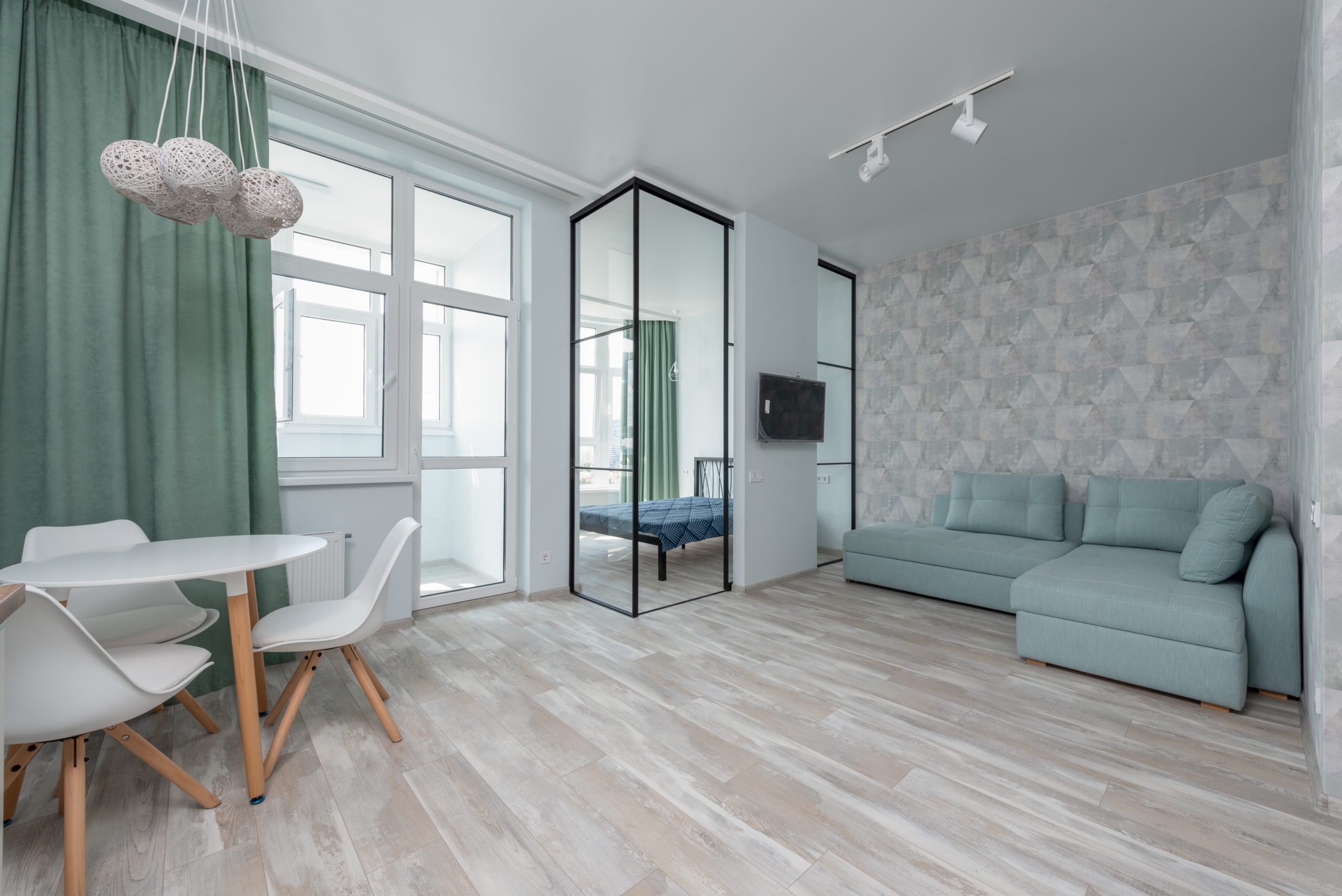What Is The Most Appropriate Method In Evaluating Laminate Floors?
Since the foreword of laminate flooring in the US in 1982, the sector has encountered up to 20% per annum at the cost of other floor styles, making laminate the most rapidly growing floor type in the country. The captivation lies not only in the aesthetic worth of its representation of genuine hardwood but also due to its outstanding durability and ease of upkeep.
The following elements will help you evaluate different brands and styles of laminate flooring to determine which laminate floor best suits your application.
Laminate floors are created using two separate methods of manufacture: Direct Pressure Laminate (DPL) and High-Pressure Laminate (HPL). Direct pressure laminate is created up of three coatings, while High-Pressure Laminate is made up of a minimum of five layers. Is one better than the other? Yes. HPL is a far superior product. Adding Phenolic Treated Kraft Sheets makes the HPL a far more robust, more dent resistant, and long-lasting effect. The catch is that they arrive with a more elevated expense tag. Laminate floors marketed in the US are (DPL) built for today’s active households. Nevertheless, if you are looking for a floor that will withstand the vigor of little children and multiple pets and still look good in 15 years, then High-Pressure Laminate is a good choice.
Laminate cores vary from 6mm to 12mm, with a thicker body usually denoting a more stable product. The only exception to this rule is High-Pressure Laminate (HPL), which, although it has a much thinner core compared to (DPL), is more robust and durable. The composition of the core material is also an essential factor. A good laminate floor is constructed using High-Density Fiberboard (HDF) as the core material, which has been treated with water-repellent chemicals, offering stability and a high level of water resistance.

Joint integrity can be critical, especially when placing heavy items on your laminate floors. Laminate floors are engineered to withstand typical day-to-day wear and tear and the weight of ordinary home furniture. If you wish to place an extra weighty furniture object on your floors, such as an oversized fish tank, you might consider buying a floor with an aluminum locking design. Laminate foundation joints should also be treated with water-repellent chemicals, such as paraffin wax, which is infused into the tongue and groove of the floorboards.
A suitable laminate warranty should shield the following factors: Fading, Denting, Wear and Tear, and Staining, and should include some water warranty, although support in mind that no laminate warranty covers flooding. Always be sure to examine the period of the different elements of a laminate warranty, as a 25-year warranty might refer to manufacturers’ defects only. In contrast, the wear and tear aspect of the contract only covers 15 years.
(NALFA) North American Laminate Flooring Association: NALFA is the association that sets the benchmarks for laminate flooring in the USA. NALFA is a non-profit institution, and its associates are unpaid volunteers. Laminates advanced NALFA undergo a scope of rigorous tests. If the laminate floor fulfills or surpasses NALFA standards, it will be able to display the NALFA seal of approval. Note that the recommendation of laminate flooring to NALFA is voluntary. The following laminates carry the NALFA seal: Pergo, Mannington, Wilsonart. An entire list can be discovered on the NALFA website.

